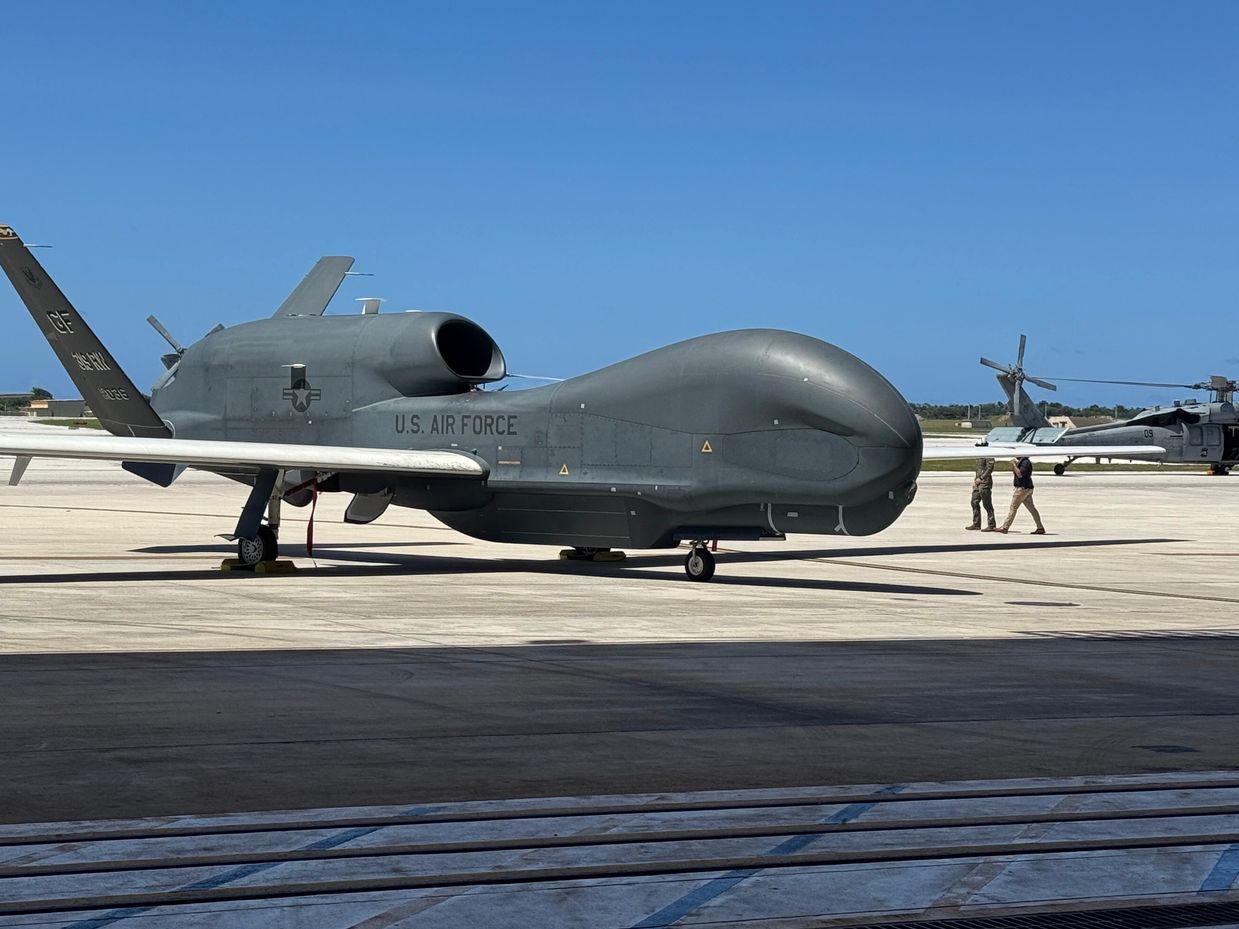
The island of Guam is a critical element of the Defense Department’s increased focus on the Indo-Pacific region, but a lack of planning threatens to hobble the deployment of a new missile defense system on the island, according to a new government assessment.
The U.S. territory is home to more than 170,000 Americans and hosts several important military installations.
Guam is also closer to China than it is to Hawaii.
The Pentagon is developing the Guam Defense System (GDS) to protect the island from missile attacks, particularly from China and North Korea. It will include missiles, interceptor batteries, command centers and radar systems.
As of March 2025, the GDS included six missile launchers and one radar system. The Pentagon is planning to deploy additional systems to the island.
“But, it has yet to determine how many personnel are needed to operate the systems, when those personnel will be deployed, and more,” the U.S. Government Accountability Office said in a recent report. The Defense Department “needs this information to, for example, ensure it has enough time to also build military housing and other supporting facilities.”
The Army is leading the effort to establish the system on the island. However, the report said the service lacks a long-term strategy for integrating with other military services in Guam to coordinate Army construction and installation support required for the Guam Defense System and its personnel.
The Defense Department also has yet to outline how and when responsibilities for operating and sustaining the GDS will transfer to its lead organizations, said the GAO, an independent watchdog agency.
The military services won’t be able to fund, plan and build the necessary housing, schools, medical facilities, and commissaries for the GDS until the Defense Department fully identifies the required number of personnel and has completed a deployment schedule, the report said.
“Absent personnel requirements and a deployment schedule, [the Defense Department] faces challenges in ensuring adequate support infrastructure at installations in Guam for deployed personnel and their families,” it said.
The GAO said it hasn’t received a response from the Defense Department.












